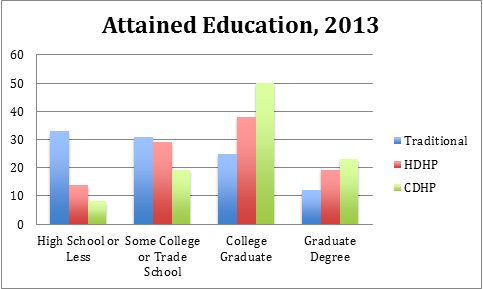EBRI’s First Look at HSA Account Balances and Distributions
The Employee Benefits Research Institute has just published its first analysis of HSA accounts, balances, and distributions, based on its own HSA database. This is an excellent report, in part because it also looks at other similar reports and discusses the strengths and weaknesses of each.
It is well worth downloading and saving the entire report and using it as a baseline to watch the growth of HSAs over the coming years.
Here are some of the bullet points –
- This year marks the 10th anniversary of the creation of health savings accounts (HSAs) under the Medicare Prescription Drug, Improvement, and Modernization Act of 2003.
- Starting from scratch a decade ago enrollment in HSA-eligible health plans is estimated to range from 15.5 million to 20.4 million policyholders and their dependents, and it has also been estimated that there are 10.7 million accounts holding $19.3 billion in assets as of Dec. 31, 2013. Seventy percent of HSAs were opened since 2011.



